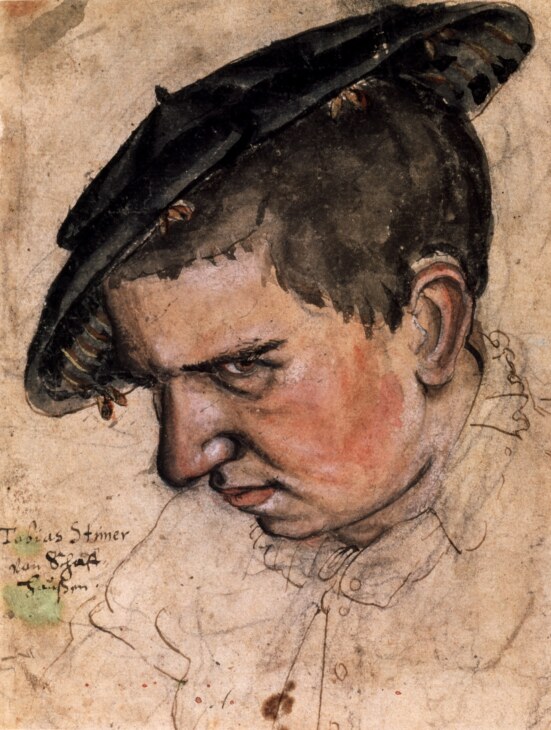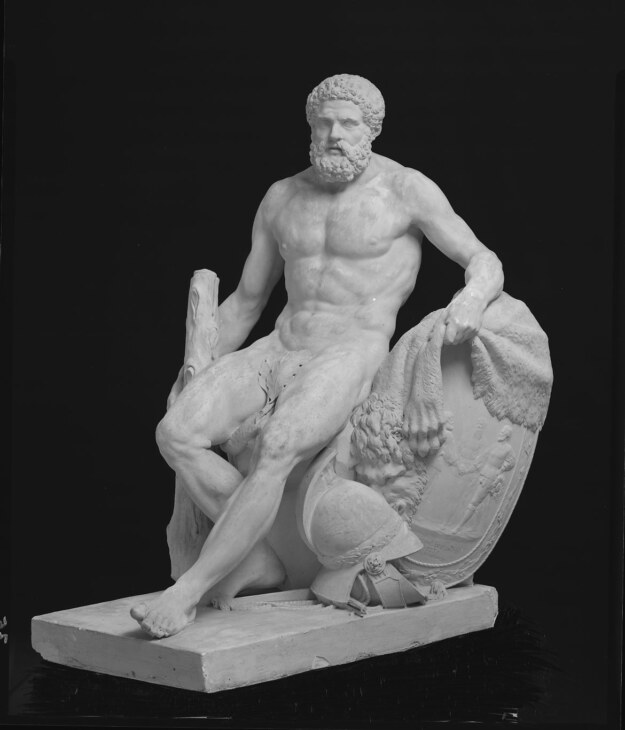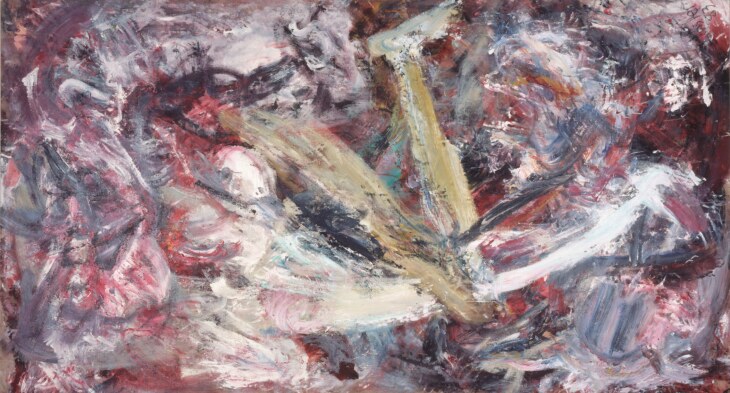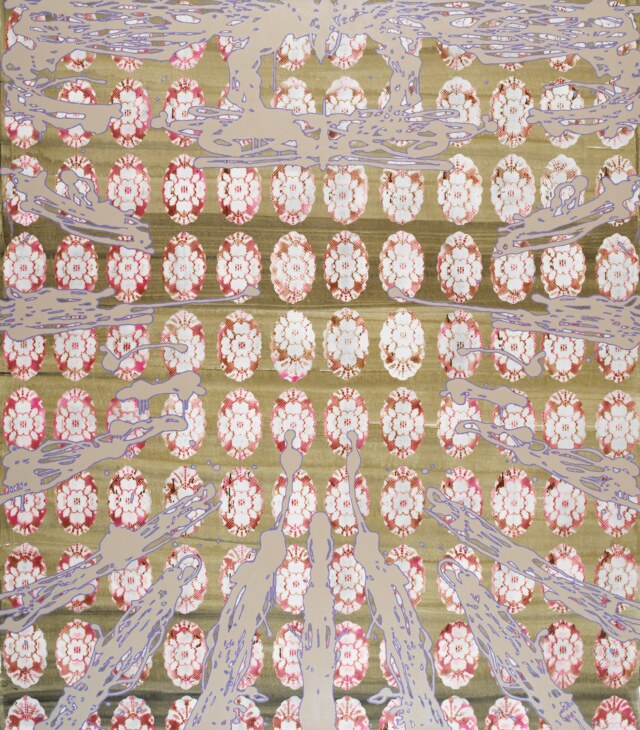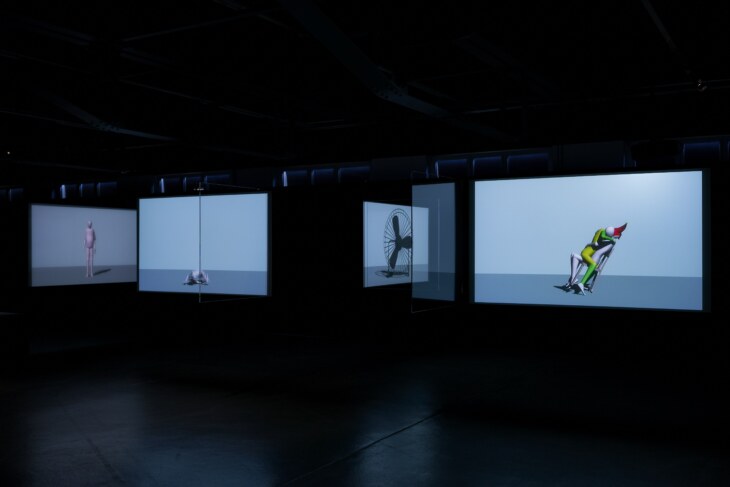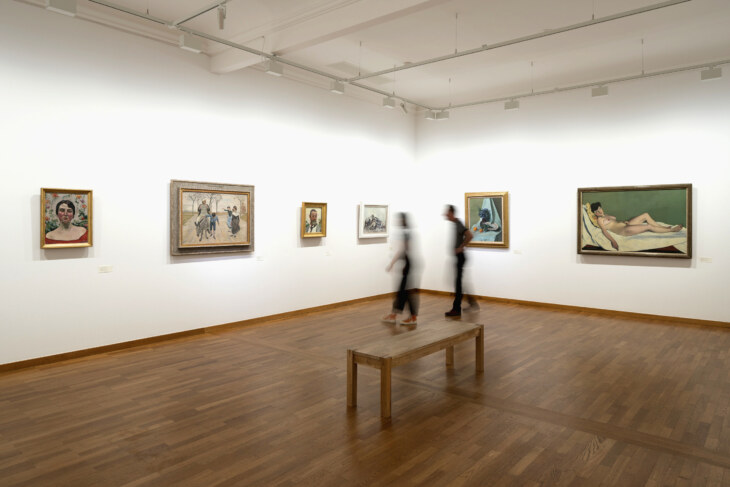Art and Graphics
The foundation of the collection was the collection of the Kunstverein Schaffhausen, which was taken over at the museum’s founding in 1937. Thanks to the cultural donation after the bombing of the city in 1944, the founding of the Peyersche Tobias Stimmer Foundation in 1946, and the Sturzenegger Foundation in 1987, as well as numerous donations and permanent loans, the art collection has undergone a continual expansion.
The focal points of the collection are significant groups of works: regional religious art from the late Middle Ages, important works by Lucas Cranach the Elder and the outstanding Schaffhausen Renaissance artist Tobias Stimmer, numerous portraits of notable figures from Schaffhausen in the 17th and 18th centuries, significant classicist works by Alexander Trippel and Johann Heinrich Füssli, as well as a comprehensive collection of views of the Rhine Falls from the 17th to 21st centuries. A highlight of the collection is the modernist period with works by Ferdinand Hodler, Cuno Amiet, Felix Vallotton, Adolf Dietrich, Niklaus Stoecklin, and Otto Dix.
The collection of contemporary art is the most important in Schaffhausen. It offers comprehensive insights into the regional art scene with works by Yves Netzhammer, Olaf Breuning, Daniela Keiser, and Sandra Boeschenstein, as well as by younger artists. In addition, the collection includes important works by Swiss artists such as Martin Disler, Leiko Ikemura, and Corsin Fontana. The traditional focus of the collection is on painting and works on paper. This has been expanded in recent years with acquisitions in video, photography, and installation art.


